Contrary to most other Czech cities, which were established in the Middle Ages, Ostrava emerged only in the 1920s, when small-town Moravská Ostrava was merged with 30-odd villages in its surroundings. What Ostrava lacked in historic patina, however, it fully compensated for with an incredible ethnic blend. Pre-war Ostrava’s population consisted of Czechs, Germans, Jewsand Poles, all of whom were in one way or another economically dependent upon the Vítkovice steel mill (established in 1828) and the extensive coal mining industry.
Now, guess what happened to Ostrava when the Bolshevikscame to power in 1948?
Correct: the already heavily industrialized and ecologically disturbed region became even more industrialized and ecologically disturbed. By the end of the 1950s Ostrava had been transformed into Czechoslovakia’s unquestioned centre of heavy industry. Thanks to the region’s economic importance, local Party bosses had great influence in Prague, and propaganda portrayed Ostrava’s miners as the nobilityof the ruling proletariat.
Surprisingly enough, the city stayed an ethnic hotchpotch also under Bolshevik rule. True, most of Ostrava’s Jews were murdered during the Holocaust, and the city’s German inhabitants were kicked out of the country right after the war (see: Munich Agreement). But these two minority groups were soon replaced by a strong influx from the eastern part of Czechoslovakia — be it Slovaks, Romaor Ruthenians. And since the hordes of industrial labourers needed a place to live, architects relished designing houses according to the Stalinist brutalism style.
As a result, most Czechs tend to see post-communist Ostrava as a living monument to the Bolshevik era’s crazy command economy mixed with failed social engineering, while the city’s inhabitants, the Ostraváci , are often perceived as a mixture of East-European gastarbeiters who didn’t make it to the West.
Admittedly, North Moravia certainly belongs among the Czech Republic’s most troubled regions. The once so dominant heavy industry is, at best, in deep recession or has already gone bust, so unemployment is souring. With larger foreigninvestments absent, the city has not been able to afford the massive face-lift that most other Czech cities have undergone. Even graver, the consequences of the Bolsheviks’ ecological ignorance can still be seen and felt all over the region, and Ostrava’s Fifejda district sits directly upon enormous quantities of highly explosive gas.
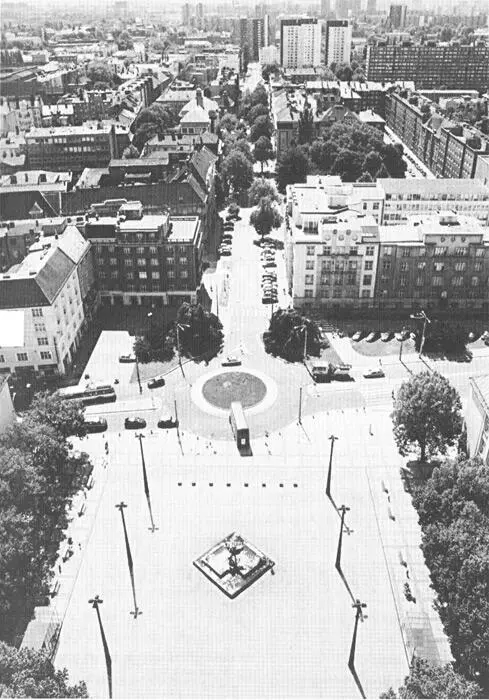
Photo © Arne Valen
Yet Northern Moravia’s capital is definitely not on its knees. The region, which the rest of the Czech Republic regards almost as the nation’s armpit, displays a vitality and devil-may-care attitude that’s hard to find elsewhere. It’s probably no coincidence that the folk singer Jarek Nohavica, the closest you can come to the desperate RussianVladimir Vysotskij in Central Europe, hails from Ostrava. Indeed, there is something desperate about the entire city.
The biggest and certainly wildest pub district in the entire Czech Republic is Ostrava’s Stodolní Street. As one might expect, the average Ostravák doesn’t drink hectolitres of Bohemian beeror sip South Moravian wine, but downs one vodka shot after the other (see: Alcoholism). In Ostrava, girls take a more no-nonsense attitude towards life than their sisters in Prague, and the boys have bigger cars and definitely harder fists. Local businessmen erect private castles for themselves that dwarf the baroque business-villas that pop up in the rest of the country, and the corruptionscandals, bank robberies and murders are usually juicier, bigger and far more shocking than the Czech average as well.
In short: in a country where the philosophy of the middle of the road is treated as a holy cow (see: Egalitarianism), Ostrava represents a rare oasis of unbridled extremes. Bon voyage!
It’s not hard to understand why Jan Palach’s name can be found close to the top on the list of the Czech Republic’s most respected national heroes. His boundless idealism and shocking self-sacrifice in the nation’s name is truly amazing in a country that often seems to be dominated by cynical pragmatists.
The 21-year old philosophy student entered Czech history five months after the Soviet Union’s Red Army raped Czechoslovakia with the symbolic assistance of four other Warsaw Pact countries. To stage a personal protest against the invasion and his countrymen’s growing lethargy, Palach decided to kill himself in public and in the most horrific way possible. Thus, on January 16, 1969, Palach went to Wenceslas Square in the middle of Prague, sprinkled his clothes with petrol, and then set fire to himself (see: Hus, Jan). After three days in indescribable pain — when he also had to endure interrogation by the secret police — he died.
In the short term, Palach accomplished exactly what he had intended. His living torch deeply moved occupied Czechoslovakia, and the Western worldwas shocked. The funeral became a nationwide protest against the occupants (see: Mácha, Karel Hynek) and their local henchmen. He even inspired others to follow suit. A month later, another living torch blazed up when Jan Zajíc, also a student, committed suicide in the same way and for the same reasons as Palach.
This time, however, the communist regime was better prepared. The news about Zajic’ death — and any additional living torch that later may have followed — was painstakingly concealed. Within a year of Palach’s suicide, the neo-Stalinists had won a full victory. Palach’s remains were secretly removed from the Olšany cemetery in Prague to the graveyard in his home village Všetaty in Central Bohemia, and two decades of grey normalization fell over Czechoslovakia.
Viewed from a political angle, Palach’s tragic sacrifice might seem completely vain and a terrible waste of a young life. This picture, however, is only partly correct. Even if it’s hardly measurable, he undisputedly represented a source of comfort for those not-too-numerous Czechs (see: Communism; Charter 77) who sacrificed their professional careers, material prosperity, mental tranquillity and sometimes even personal freedom for not paying lip service to the totalitarian regime. Symbolically enough, the London-based publishing house that fed Czech dissidents with uncensored literature was called “Palach Press”.
In the 1980s, when the communists reached their final stage of agony, the annual manifestations to commemorate Jan Palach turned into wild clashes between the growing opposition and the riot police. What’s more, the students who triggered the Velvet Revolutionwould probably have never got so many passive Czechs out of their easy chairs if the alleged police killing of a student had not so chillingly reminded them of Jan Palach’s death twenty years earlier.
Naturally enough, the years of post-communist freedom have put a veil of oblivion over Palach’s name. True, the park in front of Charles University’s Philosophical Faculty has been named Jan Palach Square, which is both an appropriate and highly symbolic change (it was formerly named the Square of the Red Army Soldiers). But as times go by, fewer and fewer people turn up for the annual commemoration at his grave. It’s not even commonly known that his remains have been relocated to the original Prague cemetery.
Yet Palach’s act still invites reflection. It’s nothing new that civilians choose to sacrifice their own lives on the nation’s altar, but the goal of such political suicides is almost always to kill as many enemies as possible. Contrary to all those desperate Palestinians, Chechens or Tamil Tigers, both Palach and Zajíc took painstaking precautions to ensure that nobody else — neither Russiansnor Bolsheviks — was hurt.
Читать дальше
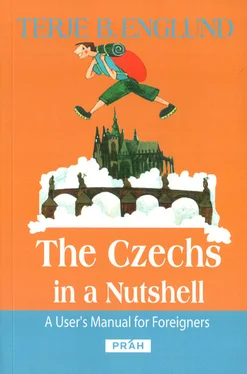

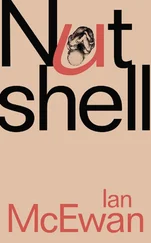
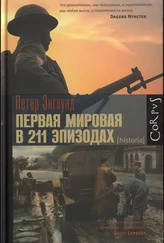


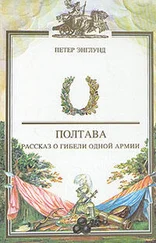

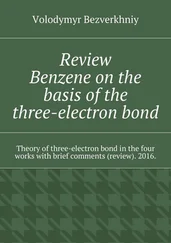
![Theresa Cheung - The Dream Dictionary from A to Z [Revised edition] - The Ultimate A–Z to Interpret the Secrets of Your Dreams](/books/692092/theresa-cheung-the-dream-dictionary-from-a-to-z-r-thumb.webp)



